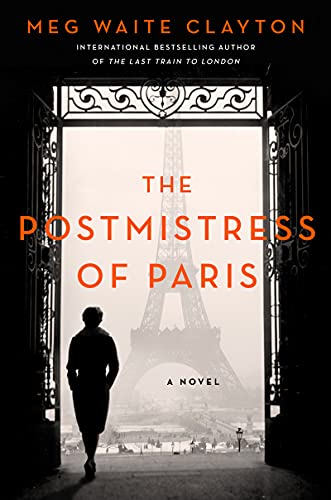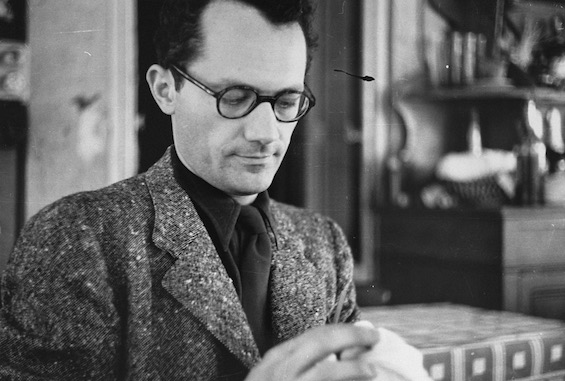
Jewish refugees from Nazi Germany crowded into France in the years leading up to World War II. Among them were a great many prominent intellectuals and artists, including the painter Max Ernst and the novelist Lion Feuchtwanger. In France, they congregated with Anti-Nazi French artists including painter Marcel Duchamp and the writer André Brêton, cofounder of the Surrealist movement. To help such men flee France in the wake of the Nazi invasion, a New York-based organization called the Emergency Rescue Committee (ERC) set up shop in Marseille. Its leader there was Varian Fry (1907-67), who eventually enabled approximately 2,000 anti-Nazi and Jewish refugees to flee Nazi-dominated Europe. Meg Waite Clayton’s novel, The Postmistress of Paris, is a fictionalized account of that work.
Estimated reading time: 0 minutes
A wealthy American heiress and a German-Jewish photographer
The boldfaced names I’ve cited above all appear in this novel, and Varian Fry is a central character. But the fictional protagonist of the tale is Nanée, the “postmistress of Paris.” She is a wealthy and beautiful young American heiress who hangs out in Paris with artists and intellectuals when the Nazis invade. Many scatter to the hinterlands or leave the country, but not Nanée. After a failed attempt to smuggle a young Jewish boy out of France, she makes her way to Marseille. There, she connects with Fry and becomes a courier in his network. In the process, she becomes close to Edouard Moss, a German-Jewish art photographer she’d met at a gallery opening in Paris. Edouard has fled Paris with his young daughter only to be interned by the French and separated from her. For more than a year, he is frantic, not knowing where she is. Our perspective changes frequently from Nanée to Edouard as the months roll by. Over time, as Nanée works to reunite Edouard with his daughter, their relationship ripens into romance.
The Postmistress of Paris by Meg Waite Clayton (2021) 416 pages ★★★★☆

Fact versus fiction
Nanée’s character is based on the real life Evanston, Illinois heiress Mary Jayne Gold, who worked with Varian Fry in Marseille. She helped fund his network at the Centre Américain de Secours, helping smuggle hundreds of artists and intellectuals out of France, Jewish refugees prominent among them. But she did not fall in love with a photographer named Edouard Moss, who is entirely fictional. Nor did she venture into occupied France on life-threatening missions to defy the Nazis. However, the chateau Nanée rents in Marseille, Villa Air-Bel, was really rented by Gold, and the artists who stayed there as they awaited passage out of France included those named in the novel. Also, the surrealist games they played there were as Waite depicts them.
Incidentally, for some reason, presumably the publisher’s marketing instincts, Nanée’s work as a courier for Fry takes place not in Paris but in Marseille. So, she is really The Postmistress of Marseille. But I guess Paris sells better.
About the author

Meg Waite Clayton is the author of eight novels, of which The Postmistress is the most recent. She was born in 1959 in Washington, DC, and educated at the University of Michigan, which granted her degrees in history, psychology, and law. She practiced as an attorney in Los Angeles. Clayton now lives in the San Francisco Bay Area.
For more reading
You might also enjoy:
- The 15 best espionage novels
- 20 most enlightening historical novels
- The 10 best novels about World War II
- Good books about the Holocaust, including both fiction and nonfiction
And you can always find my most popular reviews, and the most recent ones, plus a guide to this whole site, on the Home Page.

























